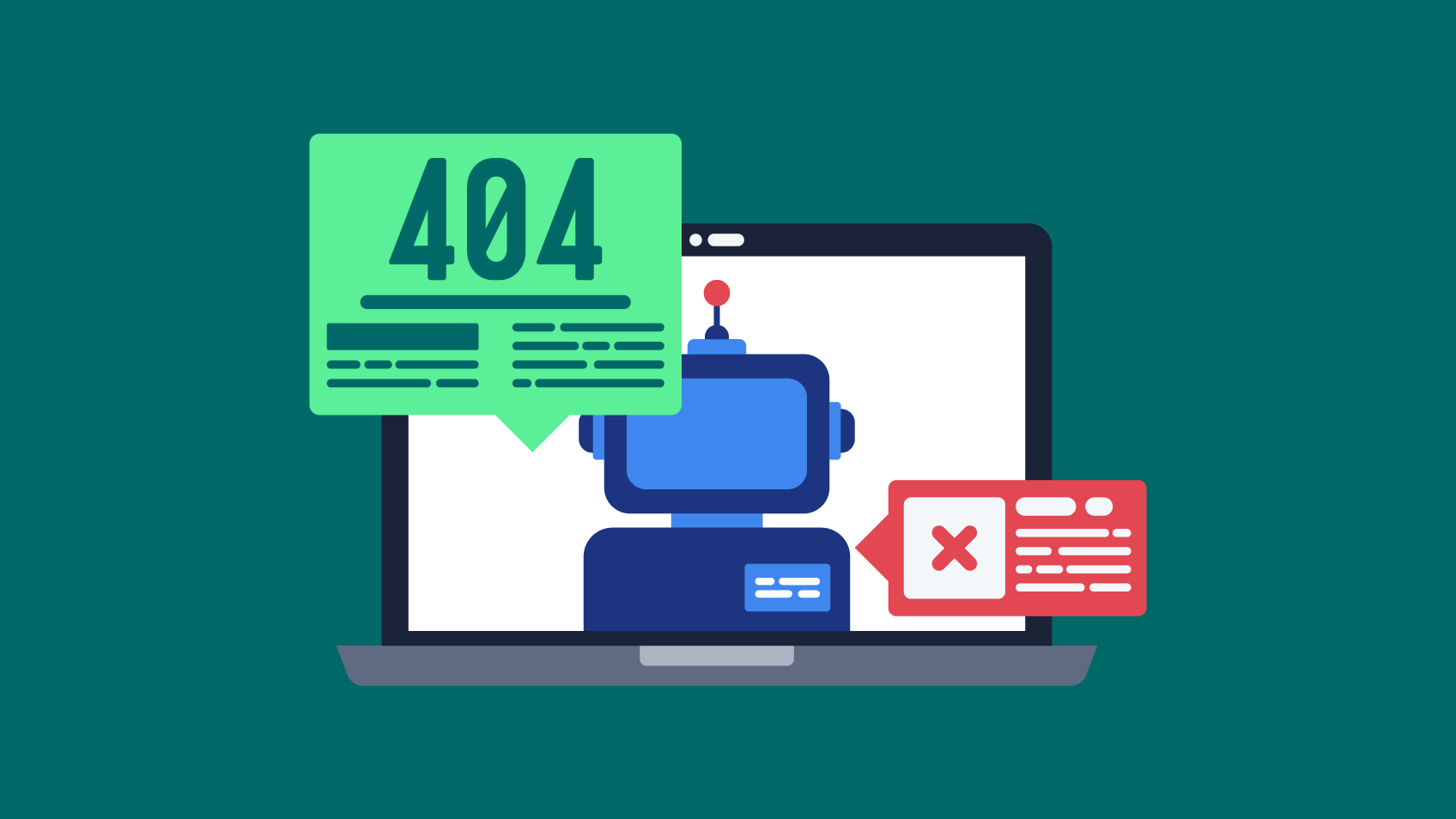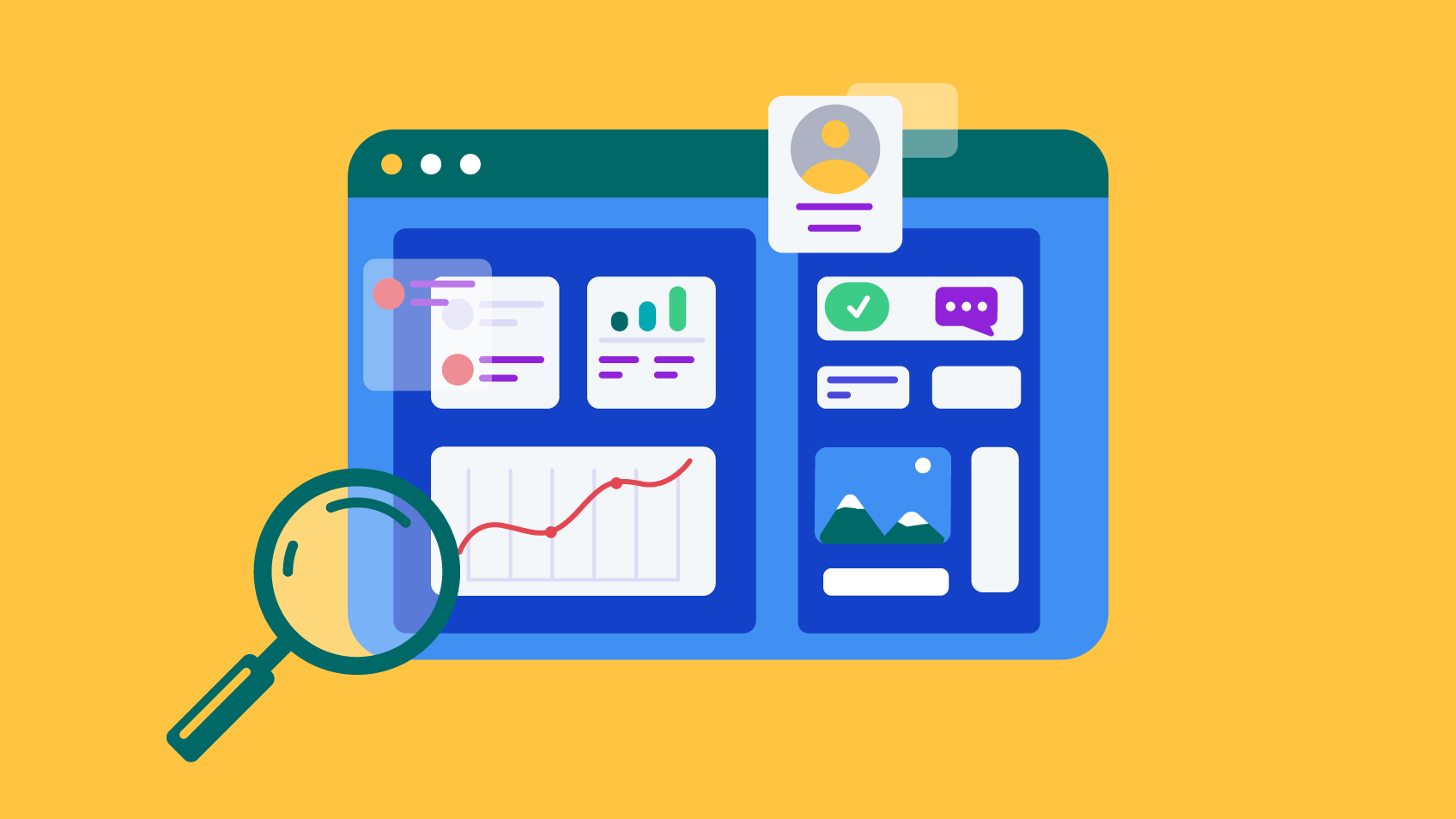5 SECONDS SUMMARY:
- This content is a continuation of the article: “Data Science Assessment: how to analyse a project’s viability“.
- Data science involves revealing hidden patterns and shaping the future through predictive modelling. The journey encompasses supervised, unsupervised, and reinforcement learning.
- This involves mastering multi-class classification, regression and binary classification problems, and the dichotomy between batch and real-time predictions.
In the vast landscape of data science, where information converges into insights, the journey of a data scientist is akin to that of an alchemist. Each dataset holds the promise of revealing hidden patterns, guiding decisions, and shaping the future. In this exploration, we embark on a captivating expedition with a seasoned data scientist who peels back the layers of predictive modelling.
Navigating the Three Pillars: Supervised, Unsupervised, and Reinforcement Learning
Our journey begins at the crossroads of learning paradigms: supervised, unsupervised, and reinforcement learning. In the realm of supervised learning, algorithms are honed through labelled data, imbibing the essence of guidance. Here, tools like Scikit-learn come into play—a versatile machine learning library for classical algorithms. Unsupervised learning, on the other hand, ventures into the uncharted territories of unlabelled data, unraveling hidden structures and relationships with the assistance of tools like NumPy and SciPy for numerical operations. As we delve deeper, reinforcement learning emerges, a dynamic dance between an agent and its environment, learning through trial, error, and reward, often utilizing frameworks like TensorFlow and PyTorch for building and training neural networks.
Mastering the Diverse Realms: Multi-Class, Classification, and Regression Problems
Our odyssey continues to the heart of predictive challenges: multi-class classification, classification, and regression problems. Multi-class classification beckons as we grapple with scenarios where observations must be assigned to multiple predefined classes. Tools like XGBoost and LightGBM shine in solving classification and regression problems, enhancing predictive capabilities. Binary classification steps forth, where the choice lies between two distinct outcomes. The landscape transforms once more in regression, where the goal is to predict continuous numerical values. Through each challenge, our data scientist navigates, wielding algorithms like a seasoned artisan crafting bespoke solutions, often aided by libraries like Pandas for data manipulation and analysis, and visualization tools like Matplotlib and Seaborn.
The Culmination: Batch vs Real-Time Predictions in Production
As our expedition nears its zenith, we confront the dichotomy between batch and real-time predictions when models transition to the production stage. The stakes escalate as decisions must be made swiftly and accurately. In the batch processing arena, models process data in chunks, utilizing distributed computing systems like Apache Spark for handling large-scale datasets. Real-time predictions demand algorithms to respond on the fly, mirroring the pulse of dynamic environments. Web frameworks like Flask and FastAPI play a crucial role in deploying machine learning models as APIs, enabling real-time predictions in production. Containerization tools like Docker ensure consistency between development and deployment environments, shaping the model’s impact on real-world scenarios.
Final Thoughts
Selecting the most adequate model for a problem involves a trade-off between simplicity, adaptability to data topology, and performance. Several factors, such as business requirements, data to be worked on, problem understanding, model usage, and evolution, influence the model selection process.
With all this in mind, our team is ready to help you navigate any complex Data Science journey. We help organisations assess the feasibility of applying data science techniques to solve specific challenges in their industry. With only a few consulting sessions, we can identify the problem and explore the potential of the company’s data, reducing the risk associated with implementing a solution in this area.

Big Data & Data Science Director – Xpand IT














